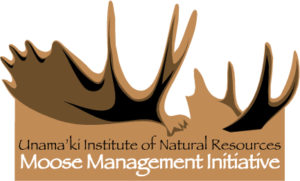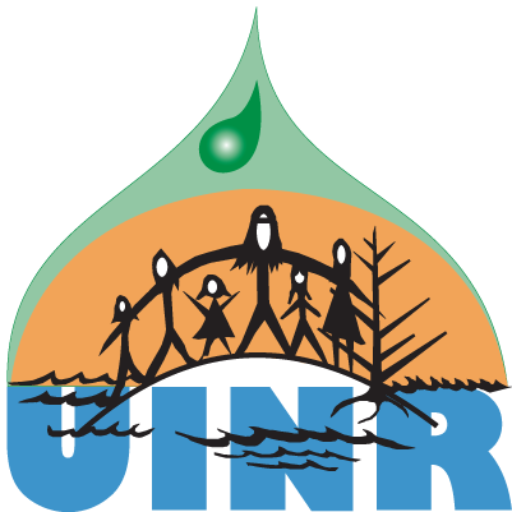 Moose have provided much to the Mi'kmaq through the years. The Mi'kmaq way of resource management includes a spiritual element that ties the people to the plants, animals and the environment as a whole. A Moose Management Plan will put into practice the responsibilities that accompany Mi'kmaq treaty rights.
Moose have provided much to the Mi'kmaq through the years. The Mi'kmaq way of resource management includes a spiritual element that ties the people to the plants, animals and the environment as a whole. A Moose Management Plan will put into practice the responsibilities that accompany Mi'kmaq treaty rights.
UINR has the responsibility to create a moose management plan for the moose in Unama'ki. UINR is mandated to implement this plan with the support of the Mi'kmaq Grand Council and the Unama'ki Council of Elders. Further development and long-term acceptance of this initiative is supported by Mi'kmaq leadership and by resolution of the Assembly of Nova Scotia Chiefs.
UINR works closely with the Mi'kmaq community and its leadership, along with representatives of the federal and provincial governments, to develop a plan that is supported by the Kwilmuk Maw-klusuaqn, Mi'kmaq Rights Initiative.
The Moose Management Initiative developed as a result of a partnership between UINR, the Nova Scotia Department of Natural Resources, and Parks Canada.

